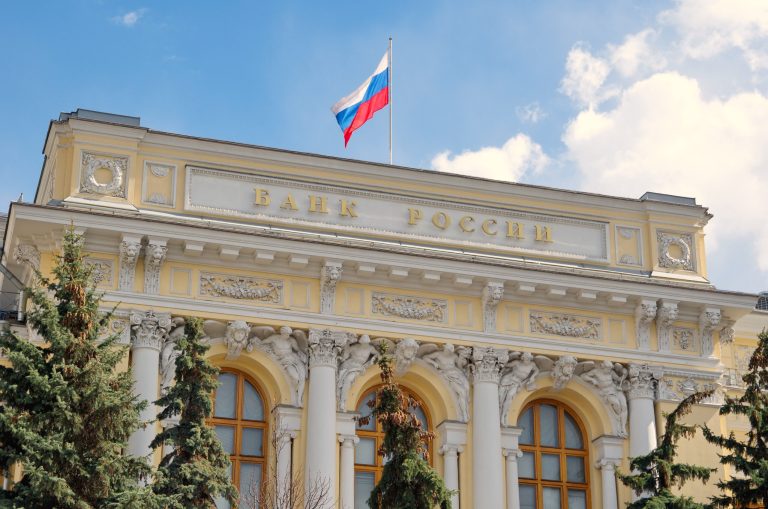The Bank of Russia is fast-tracking its plans for the digital ruble, setting a July 2025 deadline for full integration across the nation’s largest banks.
This move will allow both retail customers and businesses to access the digital ruble, enabling them to open accounts, transfer funds, and make payments with the state-backed currency.
The initiative positions Russia at the forefront of the adoption of central bank digital currencies (CBDCs), aligning with a growing trend among nations exploring digital alternatives to cash.
Digital ruble to be adopted by major Russian banks
The Bank of Russia has mandated that the country’s largest banks integrate the digital ruble into their operations by July 2025.
These banks will support services such as account openings, top-ups, and digital ruble transfers within their existing infrastructure.
This development aims to place the digital ruble on equal footing with traditional cash and non-cash transactions, driving widespread adoption.
The digital ruble is part of a global shift toward central bank digital currencies (CBDCs).
Countries such as the Bahamas and Nigeria have already implemented their versions, offering insights into the benefits and challenges of CBDC adoption.
For Russia, the digital ruble represents a strategic effort to enhance financial inclusion and streamline transactions.
Russia expands digital ruble trials to 9,000 participants
Russia’s journey to a digital ruble began with pilot programs involving 12 banks and 600 participants.
Today, the number of participants has swelled to 9,000, signaling growing confidence in the currency’s security and functionality.
As the Bank of Russia gathers data from these expanded trials, it will fine-tune its plans for the nationwide launch set for mid-2025.
The digital ruble’s introduction could transform Russia’s financial landscape.
By providing a state-backed digital currency, the Bank of Russia aims to reduce transaction costs, improve payment efficiency, and enhance financial inclusion.
Additionally, the digital ruble could give the central bank more control over monetary policy, offering a powerful tool to manage the money supply.
However, challenges remain, including ensuring cybersecurity, building public trust, and seamlessly integrating the digital ruble with existing financial infrastructure.
If successfully implemented, the digital ruble could offer numerous advantages, such as enhanced financial stability and a more resilient payment system.
The Bank of Russia’s July 2025 deadline underscores its commitment to addressing these challenges and delivering a smooth transition to digital currency.
The post Russia targets July 2025 for full digital ruble rollout appeared first on Invezz

